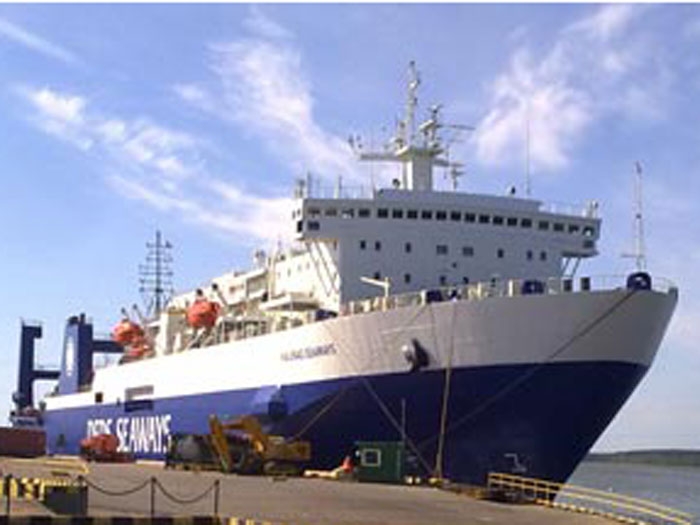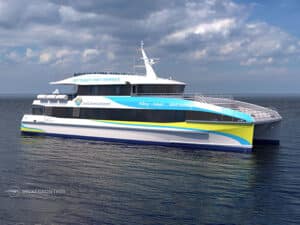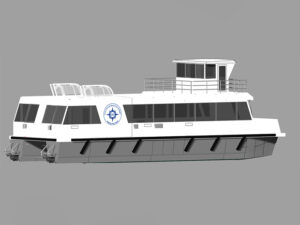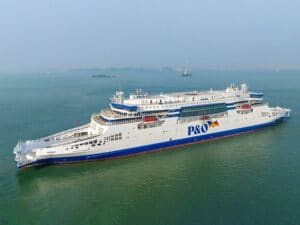
What’s the best way to state the size of a ROPAX?
Written by Nick Blenkey
NOVEMBER 13, 2015 — What’s the best way of stating the size and capacity of ROPAX (roll-on/roll-off passenger) vessels? Deadweight? Passenger capacity? Vehicle lane meters?
The question has been made more relevant by pending European Union (EU) legislation on the monitoring, reporting and verification (MRV) of vessel carbon dioxide emissions. From January 1, 2018, the regulations will require all vessels of more than 5,000 gt operating to or from EU ports to document and report their fuel consumption on an annual basis.
ROPAX operators have argued that simple gross tonnage is not an appropriate metric for vessels carrying mixed cargoes. They hope that EU regulators can be persuaded to accept a more accurate, sector specific metric for ROPAX vessels.
In an initiative led by trade association Interferry, a special correspondence group has been formed to recommend an appropriate metric.
Interferry made the suggestion for a dedicated correspondence group during its work with the MRV monitoring subgroup of the European Sustainable Shipping Forum (ESSF), where members represent the 28 EU member states and various organizations including owners, operators, suppliers and classification societies.
Danish ferry operator DFDS, which represents Interferry in the subgroup, is chairing the correspondence group, which has now been tasked with recommending the relevant parameter – or more than one if justified – for expressing the passengers and cargo carried by ROPAX ships.
A target date of December 18 this year has been set to submit recommendations to the European Commission chairing the ESSF MRV monitoring subgroup.
“Developing suitable metrics for the transport work of ro-pax ships is particularly complicated, so we are delighted to have this opportunity of driving the search for a workable solution,” says Interferry regulatory affairs director Johan Roos. “Within a week of our call for correspondence group members, the response was extremely encouraging and any further members will be very welcome in order to ensure the widest possible input.”
The group’s work is being coordinated by DFDS environment and sustainability director Poul Woodall. Other environmental experts taking part in the group include representatives from national shipowners’ associations, ferry companies and state authorities.





Leave a Reply
You must be logged in to post a comment.